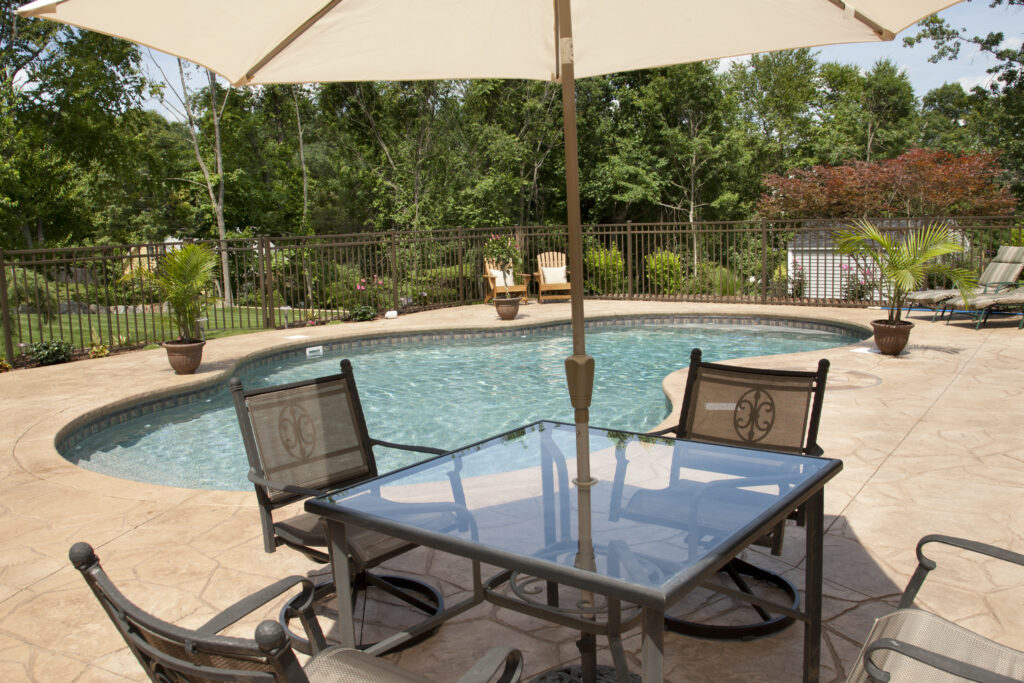Fencing
Fence Design Considerations
When it comes to residential fence installation, there are several important considerations to keep in mind. First, it is crucial to determine the purpose of the fence. Are you installing it for privacy, security, or aesthetic reasons? This will help you choose the right type of fence that meets your needs. Second, consider the materials for the fence. Wood, vinyl, and metal are common options, each with its own pros and cons. The climate and maintenance requirements should also be taken into account. Lastly, budget is an important factor to consider as it will determine the fence’s size, materials, and additional features.
First State Building & Design installs fences that complete your outdoor living space.
FAQ about Fencing
What are the important considerations before installing a fence?
Considerations include the purpose of the fence (privacy, security, aesthetics), local zoning regulations and permits, property boundaries, and material choices. It’s crucial to plan the fence design and layout carefully.
What types of materials are commonly used for fences?
Common fence materials include wood, vinyl, metal (such as aluminum or wrought iron), chain link, and composite materials. Each material has its own set of advantages and considerations related to cost, maintenance, and aesthetics.
Do I need a permit to install a fence, and how do I check property lines?
Permit requirements vary by location, and it’s essential to check with local authorities. To determine property lines, consult the property survey or hire a professional surveyor. It’s crucial to avoid encroaching on neighboring properties.
How deep should fence posts be set, and what’s the best method for securing them?
The depth of fence posts depends on factors like the fence height and local soil conditions. As a general guideline, posts are often buried at least one-third of their length. Securing methods include concrete, gravel, or tamped soil.
Can I install a fence on uneven ground, and how do I handle slopes?
Fences can be installed on uneven ground, but handling slopes requires additional planning. Methods include using stepped panels or adjustable panels to accommodate changes in elevation. It’s essential to follow the natural contours of the land.
How do I maintain and care for my fence once it’s installed?
Maintenance tasks vary depending on the material. Wooden fences may require staining or sealing periodically, while metal fences may need rust-prevention measures. Regular cleaning and inspection for damage are essential for prolonging the life of the fence.

 Contact Us
Contact Us